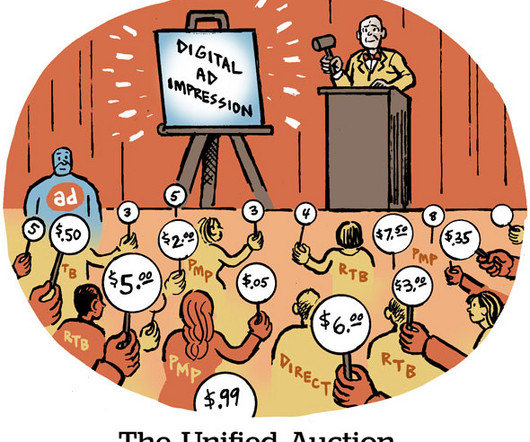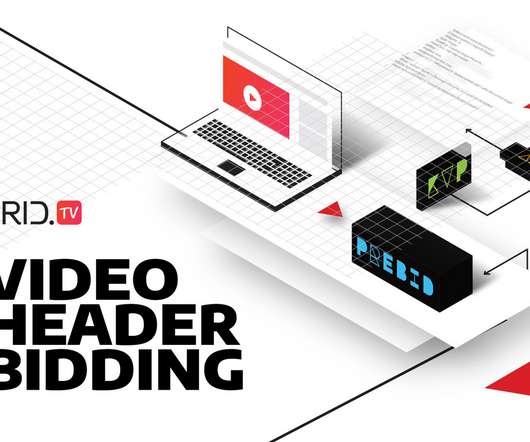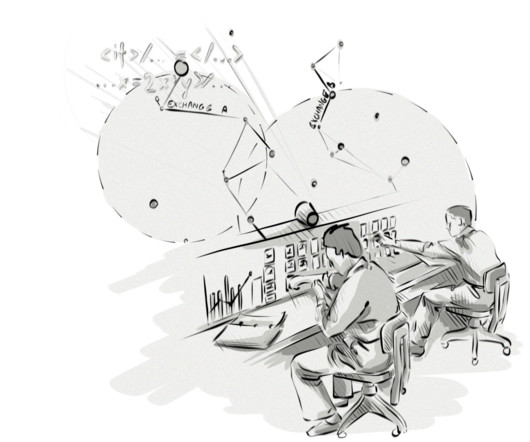AdExplainer: Client-Side vs. Server-Side Header Bidding: What’s The Difference?
AdExchanger
NOVEMBER 30, 2023
Header bidding has become the de facto approach to programmatic ad auctions since it was introduced in 2014. When a user visits a webpage, header-bidding auctions occur in real time as a page loads, which allows all exchanges to submit bids on an ad impression simultaneously.















Let's personalize your content